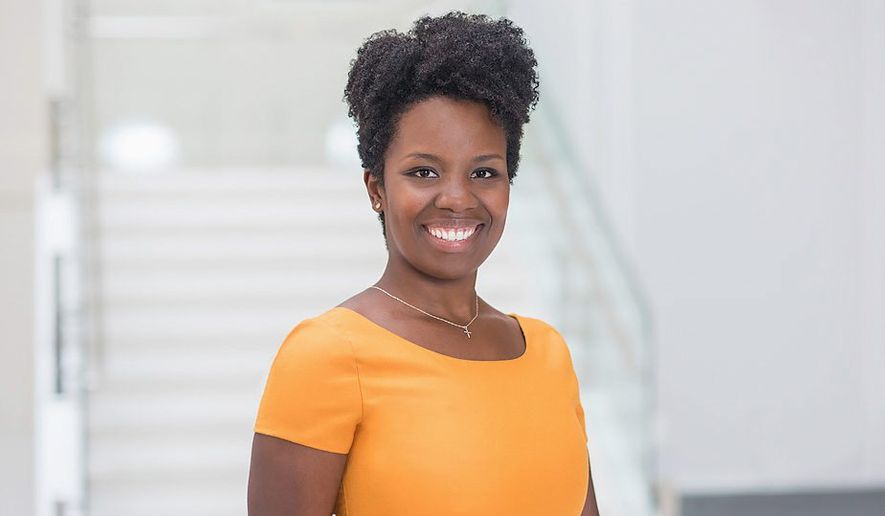“Today’s Constitution is a realistic document of freedom only because of several corrective amendments.” The First Amendment is arguably the most formative of what U.S. Supreme Court Justice Thurgood Marshall frames as “corrective amendments.” The First Amendment — and its fundamental provisions of freedom of expression, freedom to practice a religion of your own choosing, and the right to voice political dissent — is the hallmark of the U.S. Constitution and foundation of our American democratic values.
At times throughout our history, we have struggled to make perfect these fundamental freedoms. In our very real, and often very messy and flawed reality, the ideals articulated in the First Amendment may seem very different from what we see.
What does the First Amendment really look like in Charlottesville, Virginia, when the public demonstrations of members of hate groups and anti-hate groups collide? Does the First Amendment’s freedom of protection apply to statements of hate, bigotry and prejudice? Who does the First Amendment apply to? What does our understanding and application of the First Amendment reflect about the current state of our society? What does it illuminate about our future?
At the forefront of this struggle to define and apply the First Amendment is the voice of youth. From Marie and Gathie Barnett in West Virginia State Board of Education v. Barnett to Mary Beth and John Tinker in Tinker v. Des Moines Independent Community School District, young people — and students, in particular — have been pivotal in moving forward our understanding of the what, the who, and the why of our First Amendment rights. In our effort to draw the contours of our understanding of the First Amendment, we must continue to educate, engage and dialogue with young people about the meaning of not only the First Amendment, but also the broader order of the U.S. Constitution. They must also come to see that our progress as a nation depends on their participation in our system — now and in the future.
The Marshall-Brennan Constitutional Literacy project is creating the space for youth engagement, education and empowerment. The Marshall-Brennan Project, named after U.S. Supreme Court Justices Thurgood Marshall and William Brennan, is a movement founded in our nation’s capital and active in 19 chapters across the country. We engage law students and high school students in this vital work of capacity-building and youth empowerment. Our paramount aim is to move young people from being on the sidelines to consequential participants in the American democracy.
At the heart of our curriculum is the use of real-life, student-centered U.S. Supreme Court cases — like Barnett and Tinker — that have indelibly shaped our framework for understanding how our First Amendment and constitutional rights operate. The power of the Marshall-Brennan Project lies in our solitary belief that young people hold the vision and power in moving our American democracy forward.
We have seen in recent months the importance of educating our population around what it means to be a member of our American democracy. There was a sleeping giant in the American people that seemed to take for granted our constitutional rights and take no heed to the power that the people have to mold our democracy. That giant has been awakened.
As we continue to participate in this great experiment, our success in protecting and perfecting our democracy will depend on the degree to which we are able to translate constitutional tenets and founding values to young people in a way that intersects with their modern reality, right here, right now. It is their interaction with the First Amendment and other rights — the expansion of their vision of what is possible — that will ignite the passion for active participation. This is how we will ensure that our American democracy endures as a “realistic document of freedom.”
• Lisa M. Curtis is the Associate Director of the Marshall-Brennan Constitutional Literacy Project. She teaches a specialized advanced constitutional law seminar, which blends school-related constitutional issues with teaching pedagogy and oral argument skills, to the Marshall-Brennan Fellows at the American University Washington College of Law. She received her J.D. from the American University Washington College of Law, and B.A. from the University of Missouri-Columbia.




Please read our comment policy before commenting.